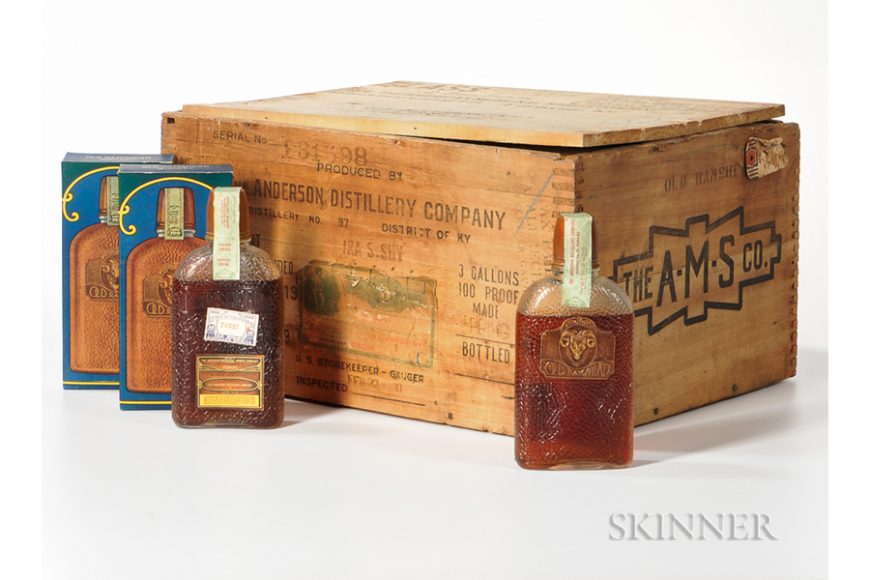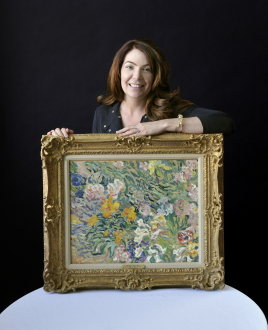The year 2020 is here, full of hope and controversy, long-held values and new ideas. It’s the beginning of a new decade that undoubtedly will see changes in every aspect of our lives — political, social and economic.
We’ve been here before. One hundred years ago, that remarkable decade now called the Roaring ’20s got under way.
The 1920s ushered in the modern age — see page 18 — and with it Prohibition, one of the most controversial and misunderstood episodes in 20th-century history. Brought into existence by the 18th Amendment to the Constitution, Prohibition was called “the noble experiment” by its supporters. Just how noble it was, or wasn’t, would help define the ’20s.
The experiment was a nationwide ban on producing, importing, transporting and selling alcoholic beverages. The amendment was ratified in 1919 by the required 36 out of 48 states (Connecticut and Rhode Island, home to Italian-American winemakers, never ratified it), to go into effect one year later. Congress passed enabling legislation called the Volstead Act, which set the rules for enforcement and defined the prohibited types of beverages, despite then-President Woodrow Wilson’s veto.
It’s important to know that it was not illegal to possess or drink alcohol during Prohibition. People had one year from the passage of the amendment to stash wine, beer and spirits for their personal use. Those who could afford to did, sometimes in considerable quantity.
Andrew Mellon, Secretary of the Treasury in the 1920s and the Federal official largely responsible for enforcing many aspects of the Volstead Act, was a major shareholder in the famous Old Overholt distillery. The well-connected company obtained a medicinal permit allowing it to sell its products to druggists. Some of the 50 cases of leftovers that family members were permitted to retain have recently surfaced and have been sold at auction.
Sacramental wine for religious use and whiskey intended for medicinal purposes could be produced and sold. A doctor’s prescription allowed patients to buy a pint of booze every 10 days. New divinity schools and drugstores flourished.
Individuals were allowed to make up to 200 gallons a year of beer or wine for personal use. Alcohol for industrial purposes, fairly easily converted into drinkable if sometimes dangerous beverages, continued to be available.
The noble experiment had started with high hopes in January 1920. Unintended consequences soon became obvious. By the end of the decade, it was clear that Prohibition had failed. The amendment was finally repealed in 1933.
What went wrong? How did the solution — prohibiting the production, transportation and sale of intoxicating beverages — turn out to be worse than the problems caused by alcohol abuse, including drunkenness, alcoholism, spousal and child abuse and neglect, workplace absenteeism and alcohol-related illnesses?
Some states largely refused to enforce Prohibition, partly because enforcement was expensive. Making things worse, state tax revenues from alcohol sales and related businesses declined sharply.
With legally produced liquor heavily restricted, organized crime moved in. Smuggling from Mexico, the Caribbean and, especially Canada, was rampant. Verses like this were widespread:
Four and twenty Yankees, feeling very dry,
Went across the border to get a drink of rye.
When the rye was opened, the Yanks began to sing,
“God bless America, but God save the King!”
Anti-immigrant sentiment initially played a role in support for Prohibition. Some people felt that immigrants from wine and beer-drinking European countries had imported undesirable “saloon culture.” Working-class people gathering to drink in inexpensive, sometimes rowdy establishments. The Ku Klux Klan’s vocal enthusiasm for Prohibition drove some other Prohibition supporters away.
Prohibition’s failure proved the futility of well-intended attempts to prohibit behavior that, while harmful to some, is viewed as harmless by most and pleasurable to many.
Ingenious devices for concealing illegal liquor remain as mementoes of the “noble experiment.” Hollowed-out lamp bases, canes and umbrellas with flasks hidden inside, dolls whose torsos were replaced with tin liquor containers are the mute evidence that legislating morality is bound to fail, despite the best intentions.
For more, contact Katie at kwhittle@skinnerinc.com or 212-787-1114.


